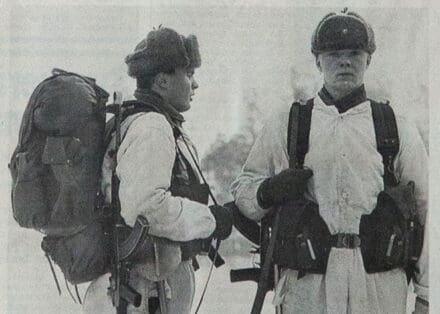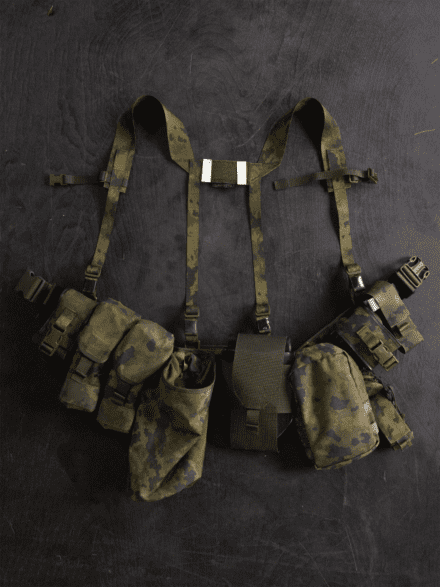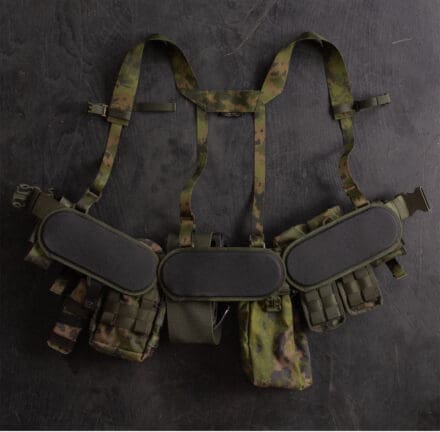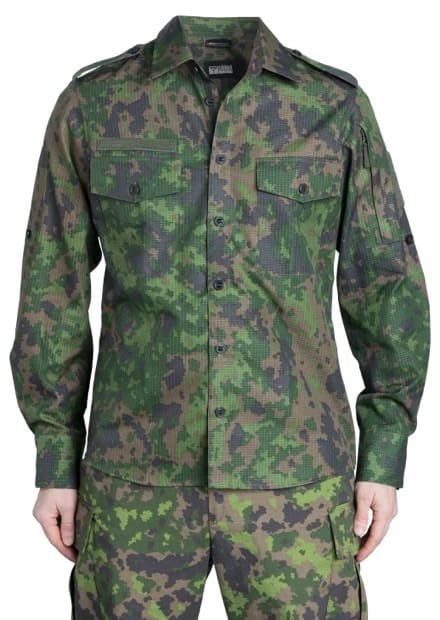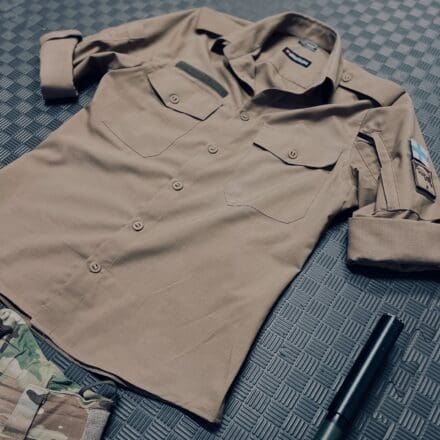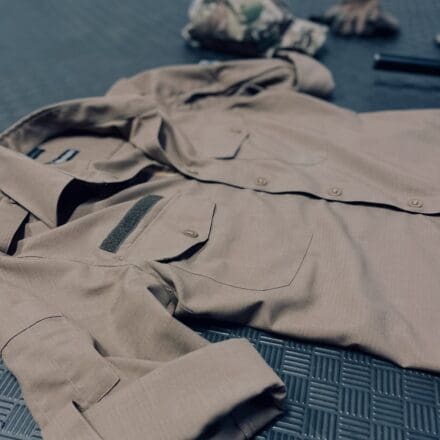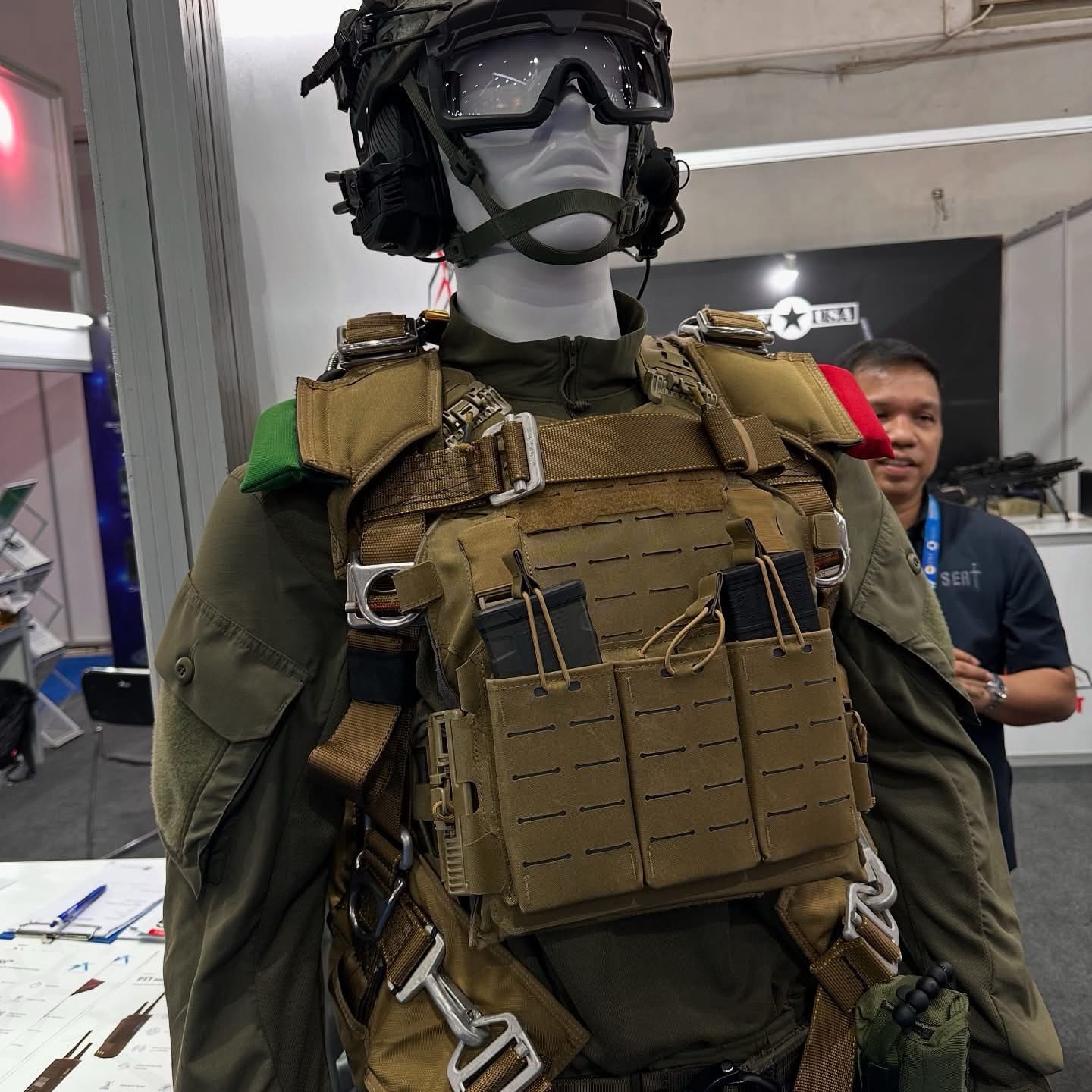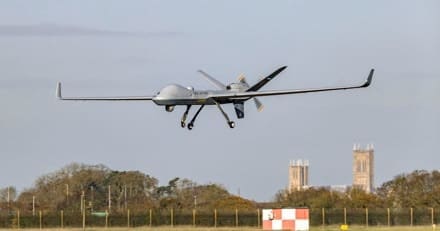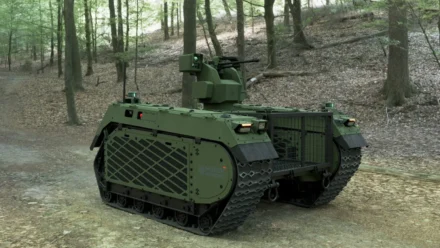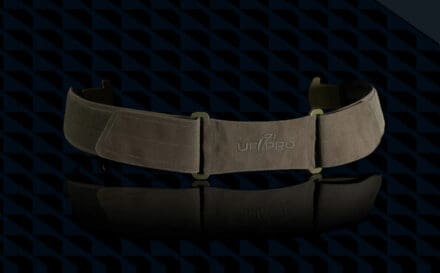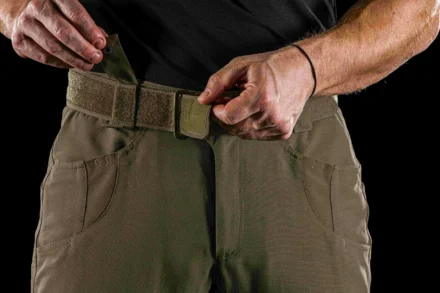Kitefin XE, developed for the National Security community, is ready to provide cutting-edge wireless security for government, defence and a range of other sectors.
10th June 2025, Edinburgh, UK – pureLiFi has announced the release of its latest LiFi system, Kitefin XE, designed to protect networks in an era marked by growing security threats. This cutting-edge wireless technology, first released exclusively within the National Security community, is now available to a wider spectrum of sectors, from government and defence to enterprise customers and beyond.
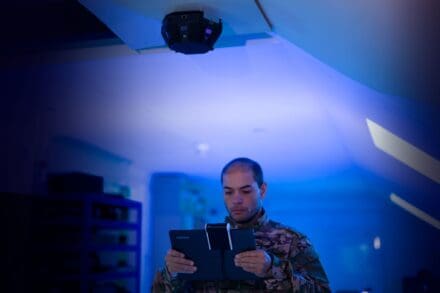
Guaranteeing data security has become an increasingly complex task for both governmental bodies and private businesses. The Kitefin XE system is founded on technology crafted for the National Security community and has demonstrated its reliability in the most secure settings where communication privacy is paramount. Customers have reported that Kitefin XE allows them to introduce wireless capabilities where previously not possible, improving mission viability and success.
This revolutionary system allows for high-speed wireless internet connectivity through Invisible Light rather than Radio Frequencies (RF) used in traditional wireless technologies such as WiFi and Cellular. LiFi provides a revolutionary level of security unmatched by RF technologies as it is not susceptible to detection, interception and jamming. LiFi also offers massive capacity that outperforms WiFi in real-world environments, and its low latency capabilities offer a better user experience.

Alistair Banham, CEO of pureLiFi, stated, “Securing sensitive data, whether it’s critical to national security, protecting intellectual property, and company data is becoming increasingly challenging for both governments and enterprises. Kitefin XE will enable wireless communication in previously impossible scenarios and revolutionise the way companies deploy connectivity, providing confidence and protection in this evolving security landscape.”
pureLiFi is part of In-Q-Tel’s (IQT) portfolio, the not-for-profit strategic investor for the U.S. national security community and its allies.
Clayton Williams, Managing Director of IQT, remarked, “IQT is excited to support the broader launch of Kitefin XE. This innovation has the potential to transform how our partners approach wireless connectivity—and help enterprises stay secure in today’s complex cybersecurity landscape.”
Kitefin XE is the latest in a series of Kitefin systems developed for government and defence that aims to save missions and lives. Kitefin Tactical and Kitefin Office were deployed with the US Army in the first-ever large-scale deployment of LiFi. Building on their predecessors’ success, Kitefin XE offers room-filling LiFi coverage of over 80 Sq. Metres and provides Gbps capacity, making it the highest-performing LiFi system available on the market for government and defence which complies with IEEE 802.11bb standard. All pureLiFi systems are based on IEEE 802.11 protocols, making them the simplest LiFi systems to integrate into existing networks. Kitefin XE is also available for both ethernet and fibre deployments.
With Kitefin XE, pureLiFi sets a new standard in secure, high-capacity wireless communication technology, paving the way for a future where data security is uncompromised.
For information about Kitefin XE visit the pureLiFi website.
